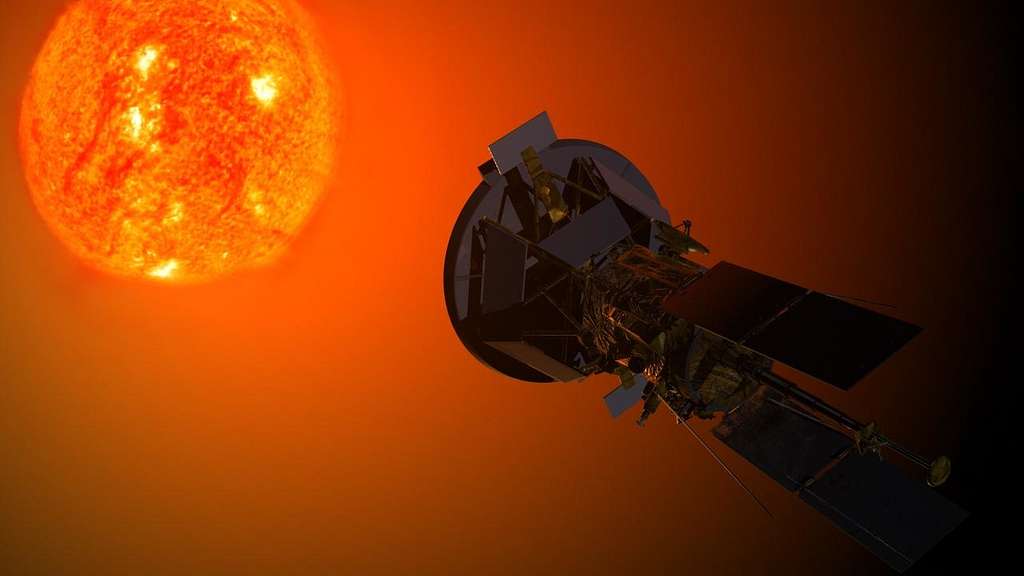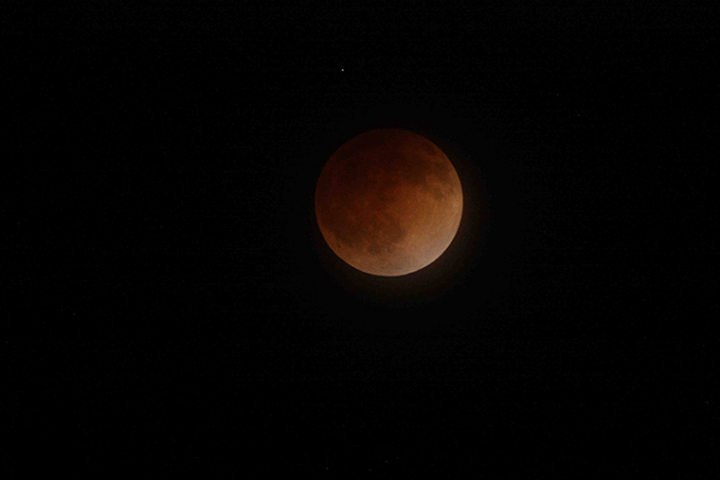In a daring Christmas Eve mission, NASA’s Parker Solar Probe will execute the closest-ever approach to the Sun, venturing within 3.8 million miles (6.1 million kilometers) of the solar surface. This unprecedented journey puts human engineering to its ultimate test.
The uncrewed spacecraft will reach speeds of 430,000 miles per hour (692,000 kilometers per hour) – swift enough to travel from Washington, DC to Tokyo in under 60 seconds. These velocities establish it as the fastest human-made object in recorded history.
Mission Details and Technical Specifications
Launched on August 12, 2018, the probe carries the name of Dr. Eugene Parker, who passed away in March 2022 at age 94. The astrophysicist’s research transformed our understanding of the Sun and interplanetary space.
The spacecraft’s 4.5-inch (11.4-centimeter) thick carbon foam shield, spanning 8 feet (2.4 meters) wide, protects against temperatures reaching 1,800 degrees Fahrenheit (980 degrees Celsius). A specialized cooling system maintains the probe’s internal electronics at room temperature while keeping solar arrays at 320 degrees Fahrenheit (160 degrees Celsius).
“Parker Solar Probe continues to thrive after years of braving the heat and dust of the inner solar system, taking blasts of solar energy and radiation that no spacecraft has ever seen,” states Helene Winters, Project Manager at Johns Hopkins University’s Applied Physics Laboratory.
Scientific Objectives and Solar Activity
The mission aims to resolve persistent solar mysteries, including why the corona exceeds the surface temperature and how the solar wind generates. Dr. C. Alex Young from NASA’s Goddard Space Flight Center notes, “The sun is the only star that we can see in detail, but we can actually go to and measure it directly. It’s a laboratory in our solar system.”
The probe’s approach coincides with solar maximum – the peak of the Sun’s 11-year activity cycle. Scientists from NASA, NOAA, and the international Solar Cycle Prediction Panel have confirmed this heightened phase, marked by increased sunspots and magnetic pole reversal.
More Stories
Communication Challenges
During its closest approach on Christmas Eve, the probe will operate autonomously due to intense solar radiation blocking communications. Mission control expects the signal confirming the probe’s status on December 27, with complete data transmission delayed until mid-January.
Project scientist Nour Rawafi expresses optimism about potential solar activity during the flyby: “Sun, please do your best. Give us the strongest event you can do, and the Parker Solar Probe can deal with it.”
Future Timeline
This Christmas Eve approach marks the first of three final close passes, with subsequent flybys scheduled for March 22 and June 19, 2025. The mission’s findings could enhance predictions of space weather events affecting Earth’s power grids, satellites, and communication systems.


















